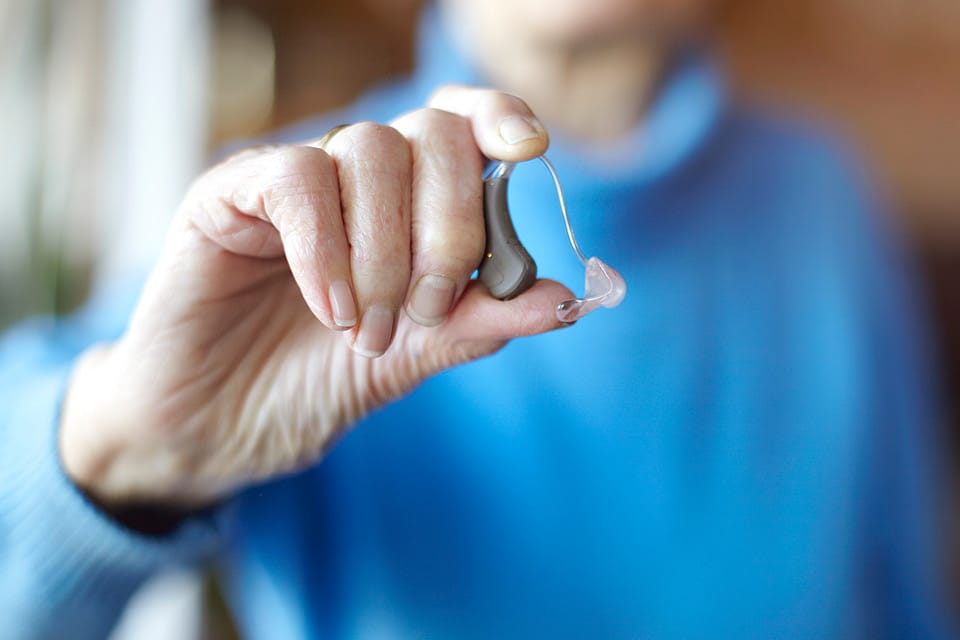Are Your Ears Bad To The Bone?

Otosclerosis is a common condition that causes mild-to-severe hearing loss due to abnormal bone growth inside the ear. It affects millions of Americans each year and is thought to be hereditary. Women are most at risk for otosclerosis. The term itself is derived from “oto” (of the ear) and “sclerosis” (abnormal bone remodeling or hardening).
Hearing Loss Due To Otosclerosis Can Be Treated With Surgery
The smallest bones in the human body are the three tiny bones in the ear: the malleus (hammer bone), the incus (anvil bone), and the stapes (stirrup bone). When sound waves enter the eardrum, these three tiny bones vibrate, sending the sound waves to the inner ear (the cochlea). The inner ear converts the sound waves into nerve signals that are then transmitted to the brain. Otosclerosis occurs when these bones begin to fuse together, preventing sound waves from traveling to the inner ear correctly.
The most common form of otosclerosis is stapedial otosclerosis, which affects the stapes. A conductive hearing impairment develops when the stapes cannot vibrate properly. This type of hearing impairment can usually be corrected with surgery. A simple hearing test with an audiologist at CornerStone Ear, Nose & Throat can quickly determine the extent of hearing loss and whether it may be due to immobility of the stapes (fixation).
 Treating Otosclerosis
Treating Otosclerosis
A stapedectomy is the surgical treatment for stapedial otosclerosis. The operation is performed in an operating room under local or general anesthesia, and over 90% of patients who have this surgery have permanent restoration of their hearing. The majority of our patients who have a stapedectomy go home the same day and usually return to work in one week, depending on their occupational requirements. Patients may drive 24 hours after surgery, and they may fly after three weeks.
Most patients notice an improvement in hearing within two to three weeks after surgical treatment for stapedial otosclerosis, but it can take eight to 10 weeks for maximum improvement. Although significant hearing benefit can be achieved from the stapedectomy procedure, there are rare but potentially serious risks associated with the surgery, during which the stapes is removed and replaced with an implant.
If you have otosclerosis and are not a surgical candidate for a stapedectomy, or you are unsure about having the surgery, you may benefit from a hearing aid properly fitted by a doctor of audiology, or from a temporal bone implant, called a BAHA (bone-anchored hearing aid). Any otosclerosis patient who does not have the surgery or get fitted for a hearing aid should, at a minimum, have a comprehensive hearing test every year.
If you or someone you care about seems to have hearing loss, the first step is to schedule an appointment for a hearing evaluation with a certified doctor of audiology and an otolaryngologist (ear, nose, and throat doctor). CornerStone Ear, Nose & Throat offers appointments with both of these hearing specialists in our Charlotte, Monroe, and Indian Land offices. Early treatment can make a substantial difference, so don’t delay in seeking medical guidance regarding any type of change in your hearing.
For more information or to schedule a hearing consultation at our Charlotte, Monroe, or Indian Land office, please call 704-752-7575.



